Differences between mineral and synthetic sunscreens
+ Benefits at a glance
- Disadvantages at a glance
What is the difference between UVA and UVB rays?
The durability, correct application and amount of your sunscreen
Application of mineral sunscreen
Are mineral sunscreens really better for the environment?
About the ingredients titanium dioxide and zinc oxide in mineral sunscreen
Titanium dioxide in our HEJ ORGANIC products
Is sunscreen already a staple part of your daily routine? Research is clear: Sunscreen must be applied in all seasons and in all weather conditions to prevent premature skin aging and skin cancer.
When using sunscreen, many people have experienced unpleasant textures, blemishes, or skin irritations. Choosing the right sunscreen for you is crucial for your skin's health. Wearing UV protection, however, is essential.
Let's take a closer look at the differences and which sunscreen you feel most comfortable with:
There are basically two types of sunscreen: mineral (natural) and synthetic (chemical). Both ingredients are protective and can be found in various sunscreen formulations.
Differences between mineral and synthetic sunscreens
Mineral sunscreen : Uses two main active ingredients to protect the skin from harmful UV rays: the natural minerals zinc oxide and titanium dioxide. These ingredients work in the uppermost layers of the skin, absorbing and partially reflecting and scattering harmful UV rays. These active ingredients are often described as a physical barrier on the skin's surface. Mineral sunscreen works immediately upon application, providing protection without penetrating the skin.
Synthetic sunscreen: A variety of organic compounds are used to protect the skin from harmful UV rays. There are over 30 synthetic sunscreens that penetrate the uppermost layers of the skin. There, they work primarily by absorbing UV radiation and converting it into heat. This heat is then released from the skin, "deactivating" the UV rays and protecting the skin from damage. Common synthetic sunscreens include oxybenzone, octinoxate, octisalate, and avobenzone. These are often referred to as "chemical sunscreens."
+ Benefits at a glance
|
+ Mineral |
+ Synthetic |
|
+ Skin-friendliness: Often less irritating and better tolerated by sensitive skin. + Broad protection: Provides protection against both UVB and UVA rays. + Environmental friendliness: Usually more environmentally friendly as it is less harmful to marine ecosystems. + Longer protection: Remains stable and offers longer-lasting protection because it is not degraded by light. + Greater water and sweat resistance: Is not water-soluble and remains effective longer when in contact with water and sweat. + No absorption into the bloodstream: Remains on the surface of the skin and does not enter the bloodstream. |
+ Light texture: Often has a light, non-greasy consistency that feels comfortable on the skin and can be worn well under makeup. + Cosmetic elegance: It generally does not leave a white film on the skin, making it particularly suitable for daily use and for all skin tones. + Easy to apply: The liquid or gel-like consistency can be applied easily and evenly. |
When looking for the right sunscreen, personal preferences and individual skin needs should be considered. Ultimately, regular application and following the instructions are crucial to effectively protect your skin from harmful UV rays.
- Disadvantages at a glance
| - Mineral | - Synthetic |
|
- Whitening residues: Whitish film that may remain on the skin, especially at higher SPF values. - Thick consistency: Tends to have a thicker consistency and can be harder to apply. |
- Potentially irritating: May cause irritation or allergic reactions on sensitive skin. It is important to check the ingredients. - Environmental impact : Certain chemical filters, such as oxybenzone and octinoxate, are suspected of damaging coral reefs and other marine habitats. These substances can accumulate in waterways and have negative impacts. - Not biodegradable: Many synthetic filters are not biodegradable and can remain in the environment where they can be ingested by marine life. - Possible systemic absorption: Some studies have found evidence that certain chemical filters can enter the bloodstream. Although this has only been observed in a small number of filters, it raises concerns among some consumers. |
These substances can accumulate in water bodies and have negative effects.
What is the difference between UVA and UVB rays?
UVA and UVB radiation are both types of ultraviolet radiation emitted by the sun. The main difference between them lies in their wavelength and their effect on the skin.
UVA radiation has a longer wavelength and penetrates deeper into the skin. It is primarily responsible for premature skin aging because it damages collagen fibers and leads to the formation of wrinkles. UVA rays are constant year-round and can penetrate window panes.
UVB radiation has a shorter wavelength and does not penetrate the deeper layers of the skin. It is primarily responsible for sunburn and plays a major role in the development of skin cancer. UVB rays are more prevalent in summer and at higher altitudes.
The durability, correct application and amount of your sunscreen
Not sure if you can reuse your sunscreen from last year? First, check the best-before date on the packaging. Then, check the texture and see if it feels watery or grainy. The smell and color will also tell you whether the sunscreen needs replacing. Once opened, the sunscreen should generally last until the expiration date. Keep in mind, however, that prolonged and intense exposure to sunlight and heat (e.g., at the beach, by the pool, or in the car) can also affect the shelf life of your sunscreen.
Regardless of the weather, UV rays have a negative impact on your skin year-round. Therefore, sun protection factor should be a permanent fixture in your daily routine.
Generally, it's recommended to reapply sunscreen approximately every two hours, especially after swimming, sweating, or toweling. During intense sun exposure, you may need to apply sunscreen more frequently. The recommended amount to apply is "one finger's length" per body part. This means you should apply enough to evenly cover all skin, following the package instructions to achieve the stated level of protection.
Application of mineral sunscreen
- Exposure time: They provide immediate protection after application
- Skin compatibility: They have almost no risk of skin irritation and do not penetrate the upper layers of the skin
- Water resistance: They have a higher water and sweat resistance because they are not water-soluble
- No yellow stains: They rarely leave yellow stains on clothes
Are mineral sunscreens really better for the environment?
Mineral sunscreens are often considered a more environmentally friendly option because they don't contain chemical ingredients that can potentially harm coral reefs and other marine habitats. With mineral filters like zinc oxide and titanium dioxide, fewer harmful chemicals are released into the environment, especially into waterways when people swim or when sunscreen is washed off. However, it's important to note that even mineral sunscreens can have environmental impacts when used in large quantities.
About the ingredients titanium dioxide and zinc oxide in mineral sunscreen
Titanium dioxide and zinc oxide are common mineral sunscreens that reflect and scatter UV rays to protect the skin. There are concerns that nanoscale particles could penetrate the skin and be absorbed systemically. Although studies mostly show that they remain on the skin's surface, uncertainties remain, especially in damaged skin.

Titanium dioxide in our HEJ ORGANIC products
The form of titanium dioxide used in our products is a mineral deposit on the skin. These particles are not nano-sized, meaning they do not penetrate the skin, which is associated with the aforementioned health concerns. We follow all developments in research and the qualities available on the market and, based on studies and quality tests, have chosen the combination of titanium dioxide and zinc oxide as the best quality for our product, our skin, and our application.
Nano particles must be labeled according to the Cosmetics Regulation and the addition “Nano” must be included in the product’s ingredients.
Feeling enlightened about mineral sunscreen? Discover our SPF range here .


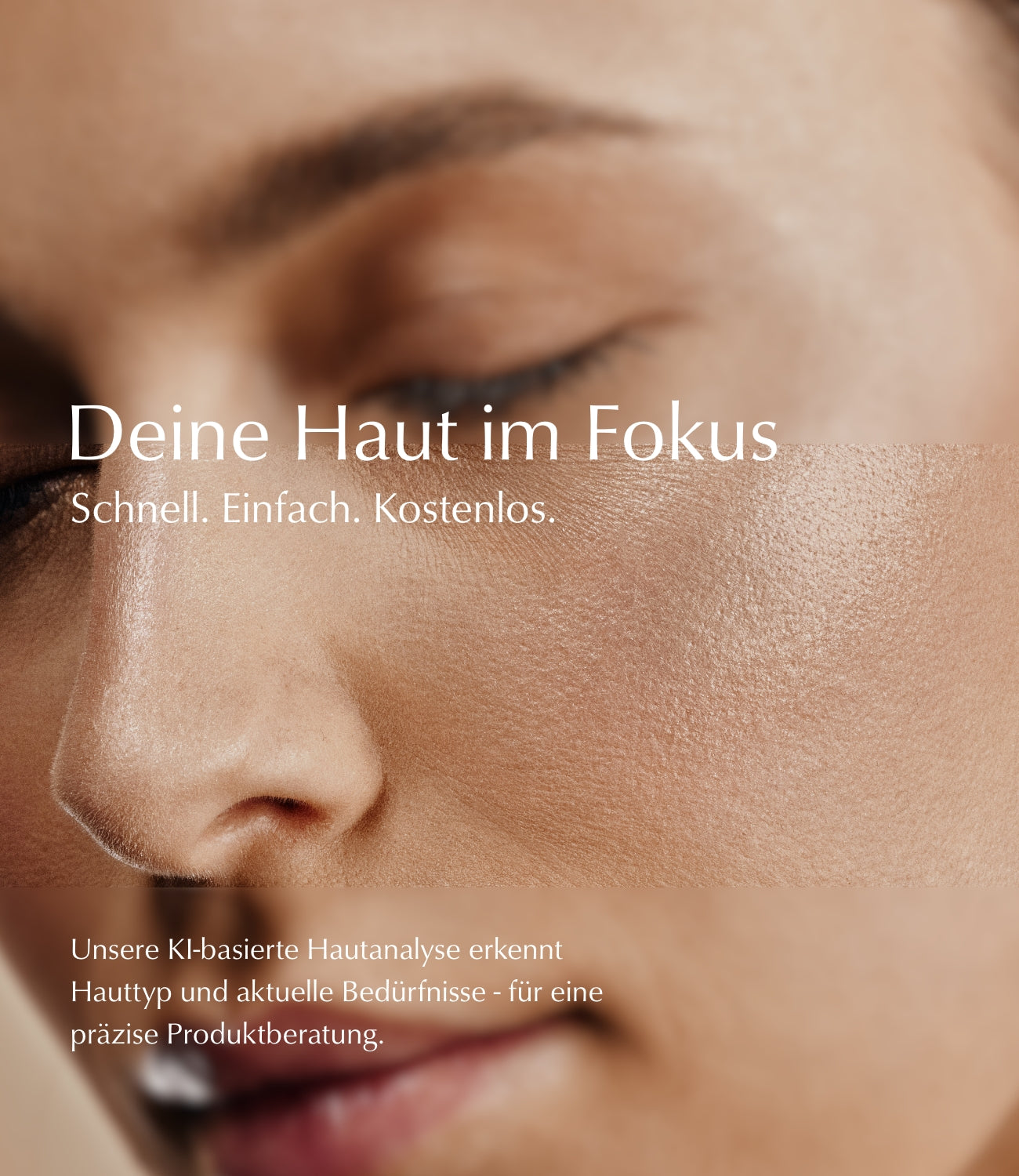
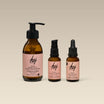
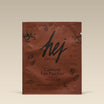
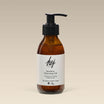
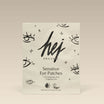
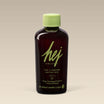
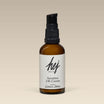
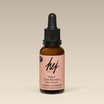
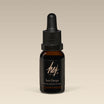
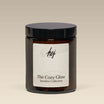

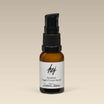
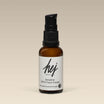
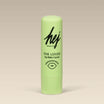
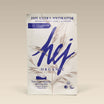
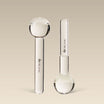
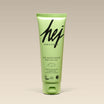

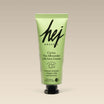
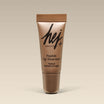
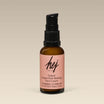
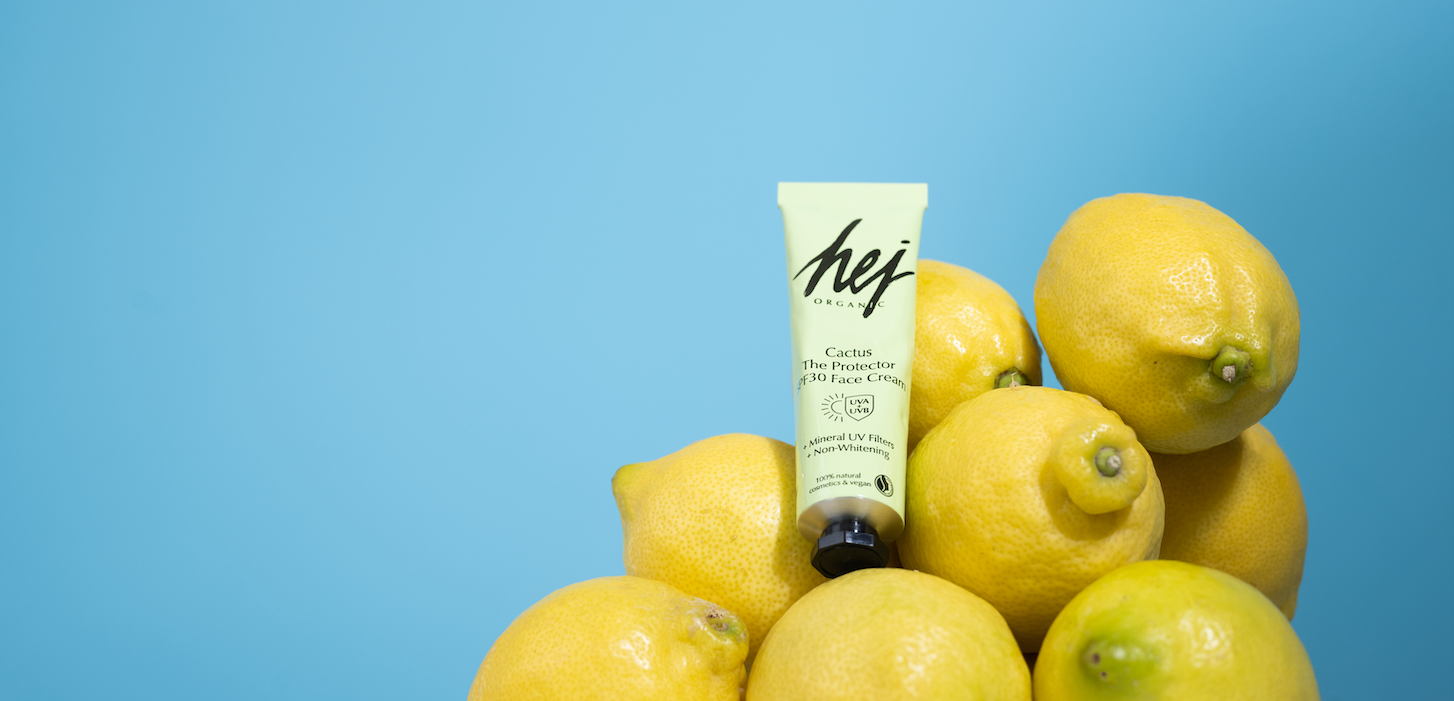
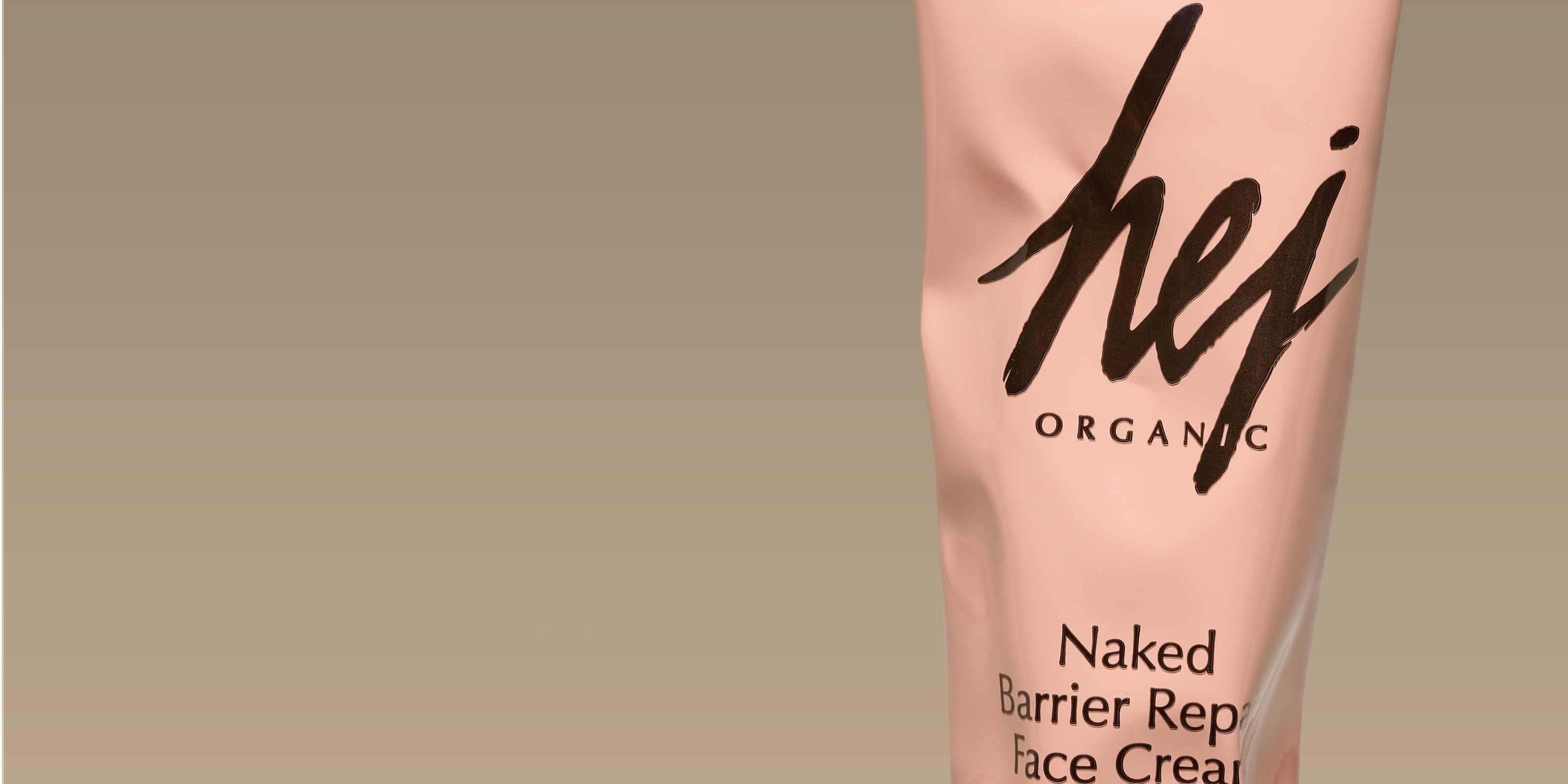
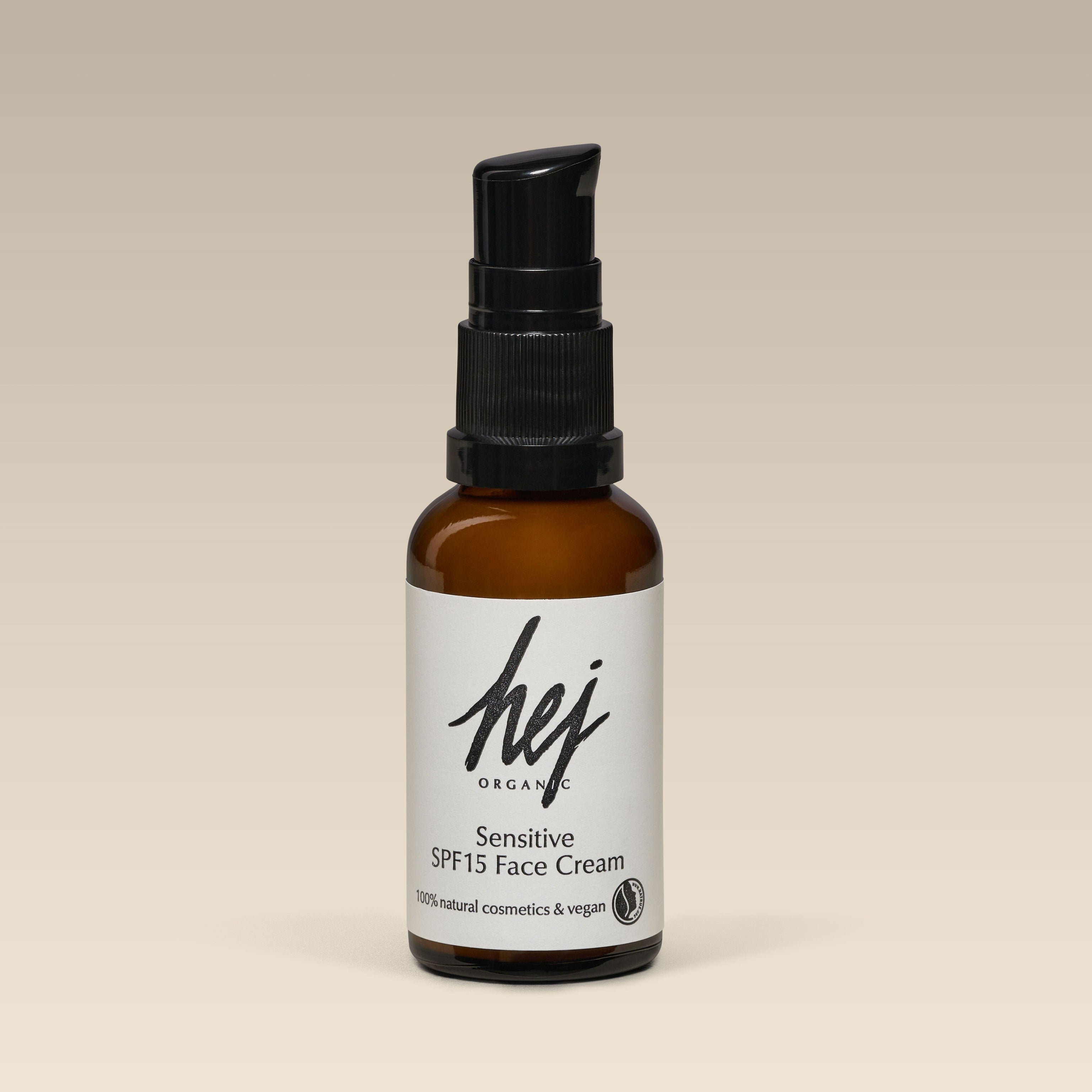
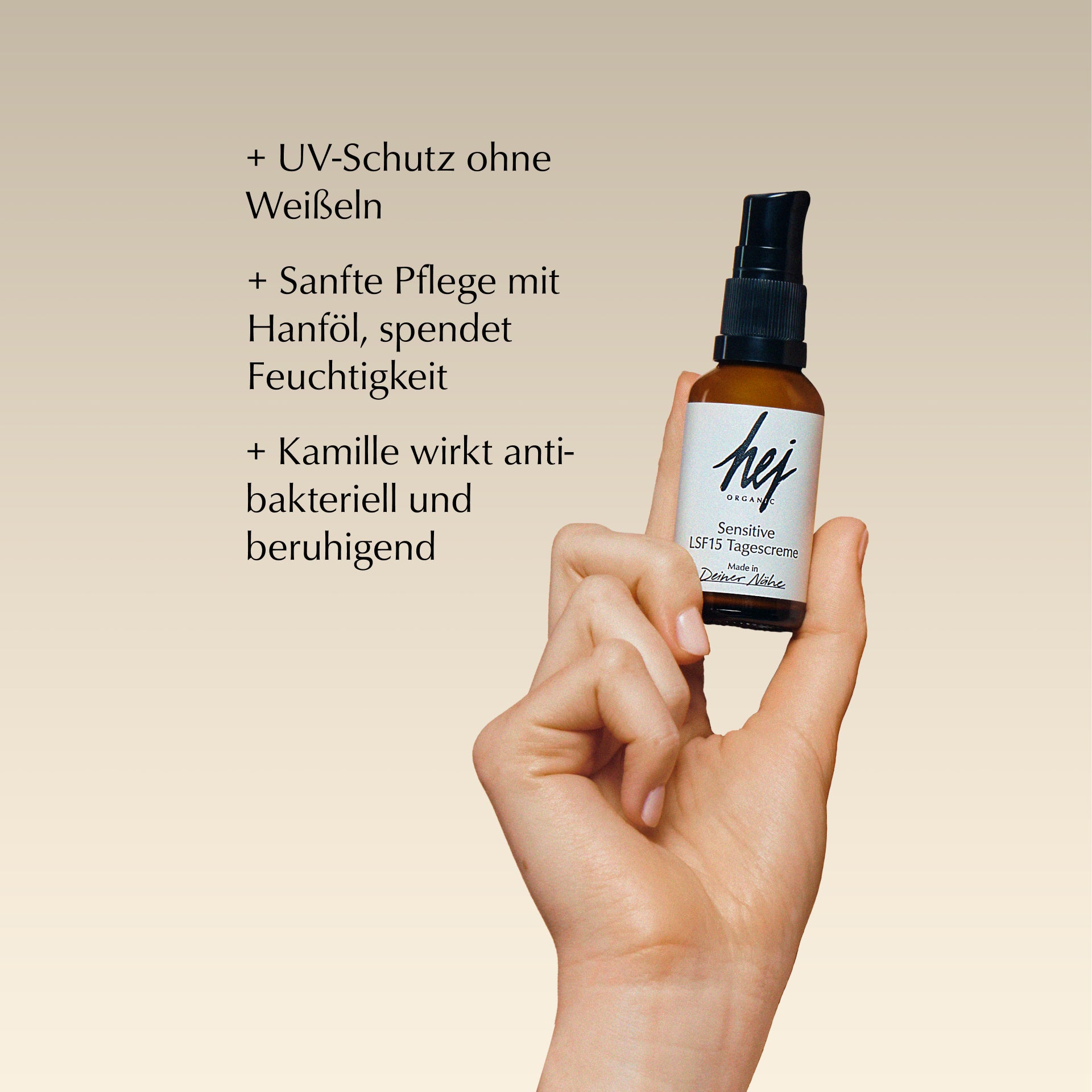
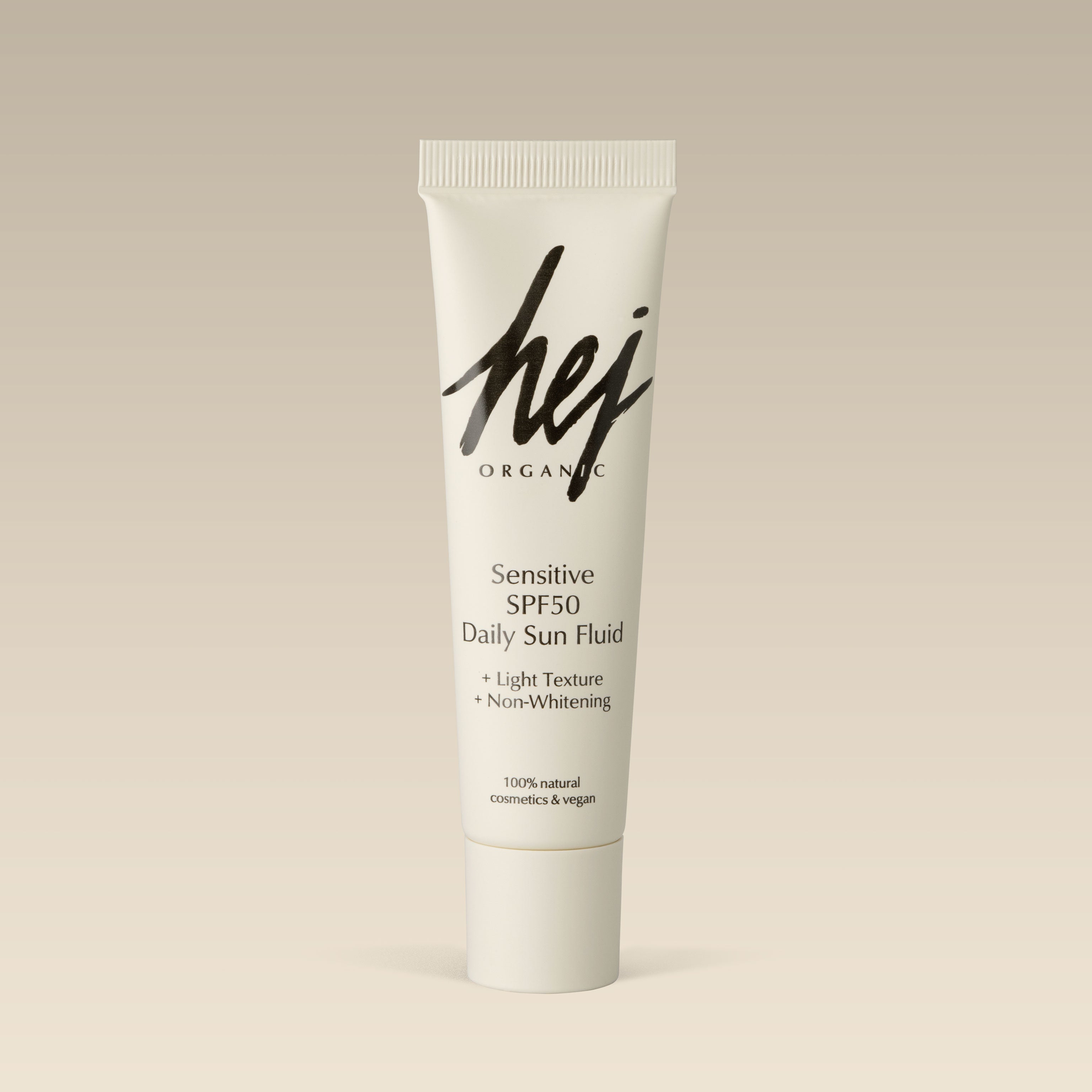
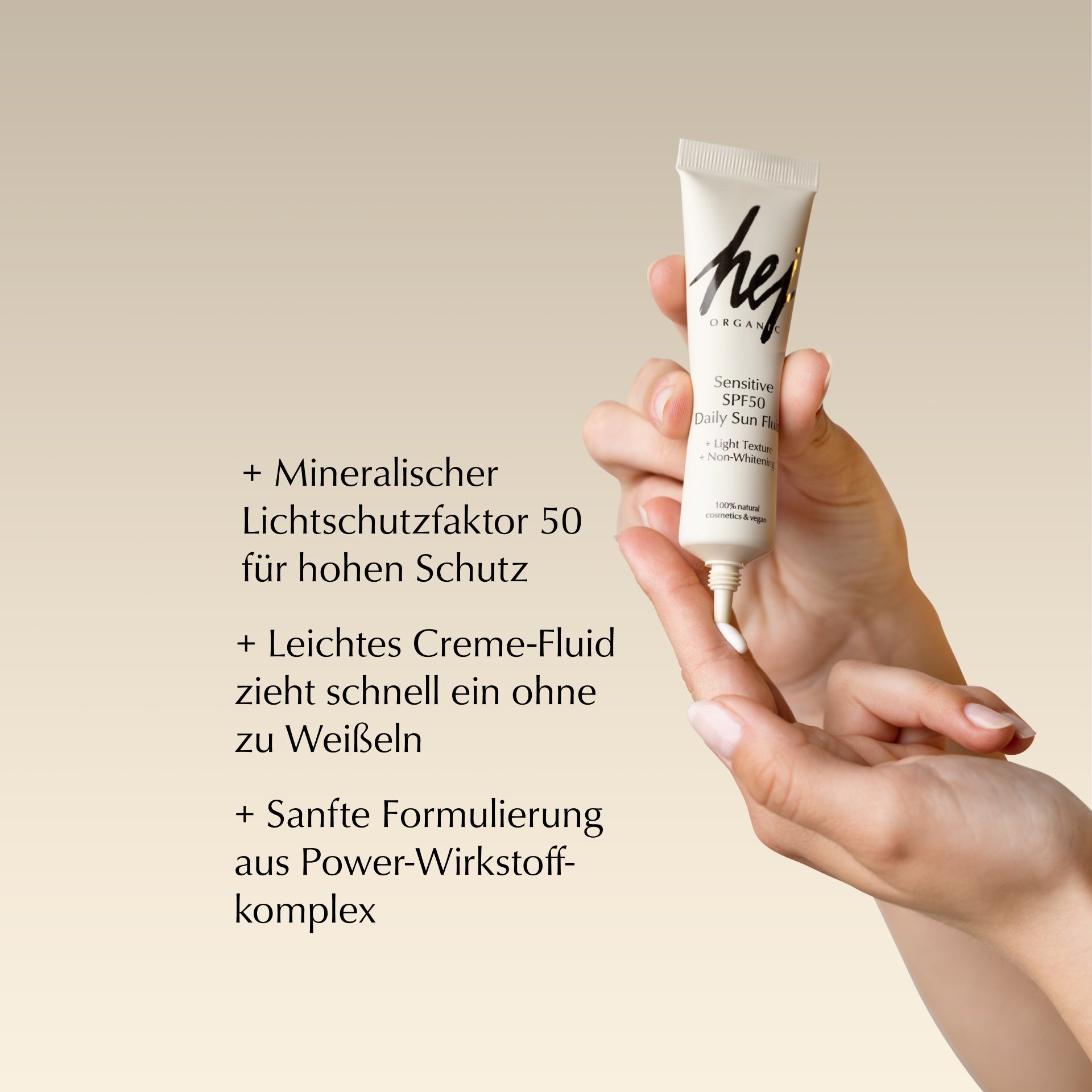
Leave a comment
This site is protected by hCaptcha and the hCaptcha Privacy Policy and Terms of Service apply.